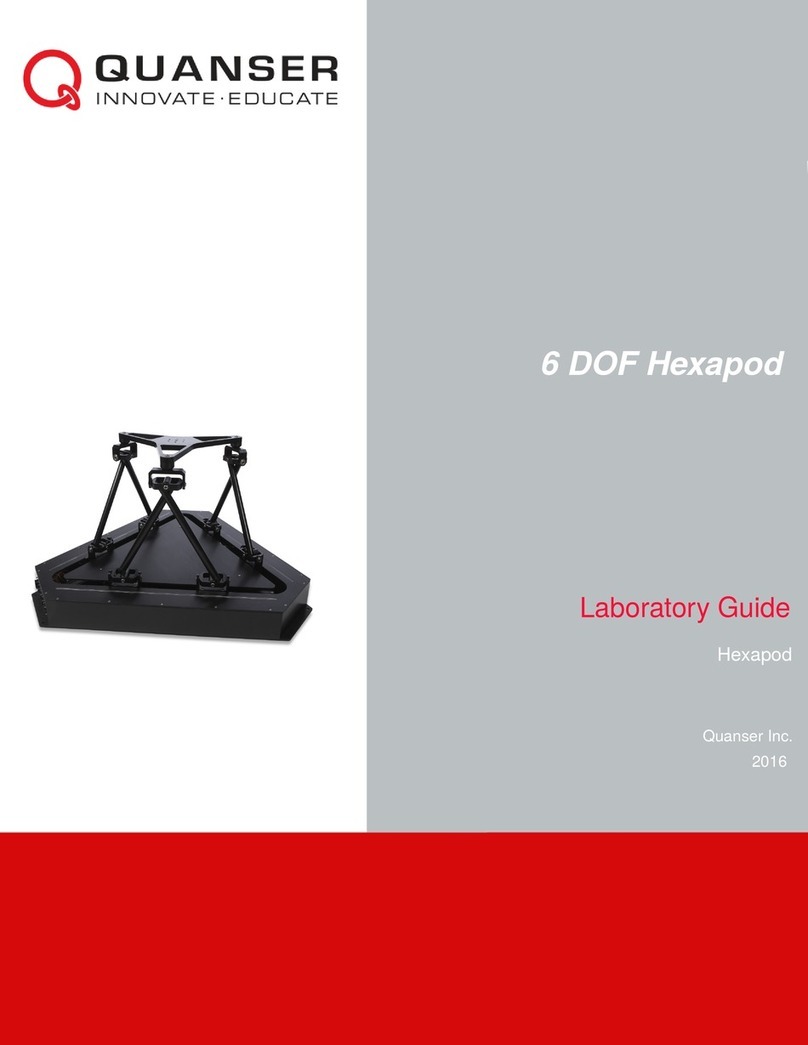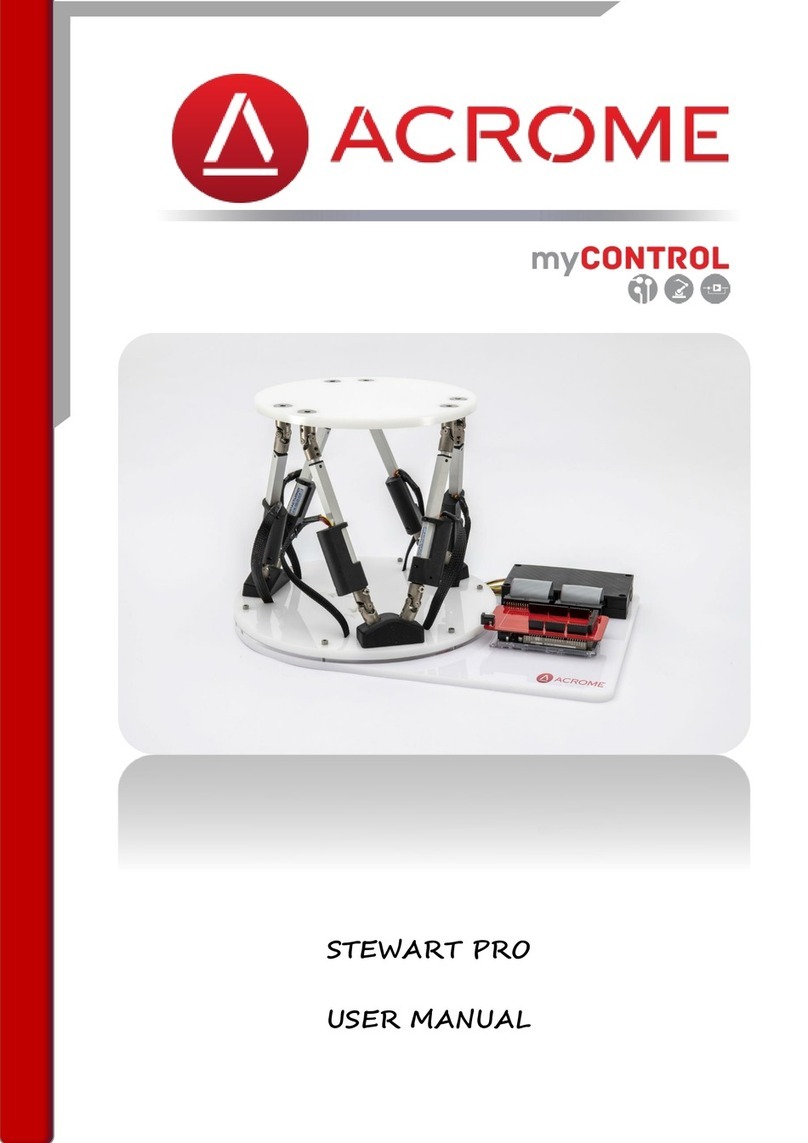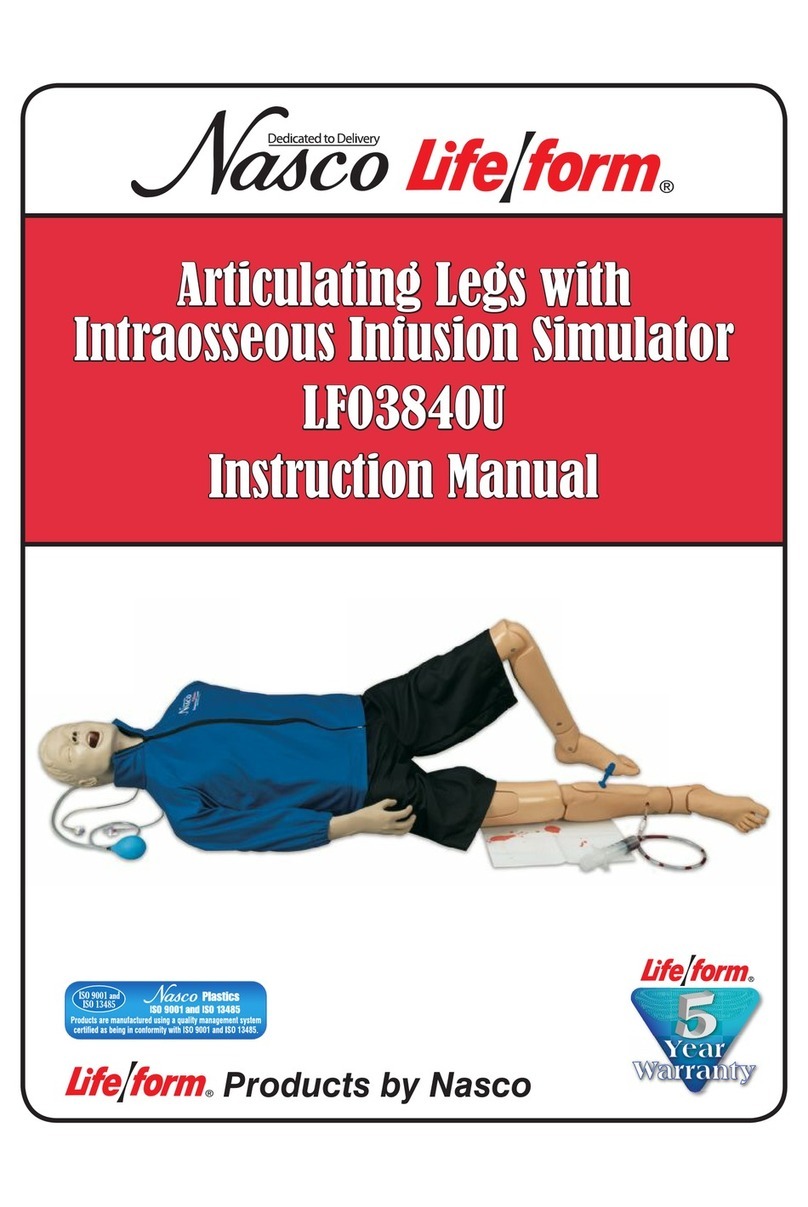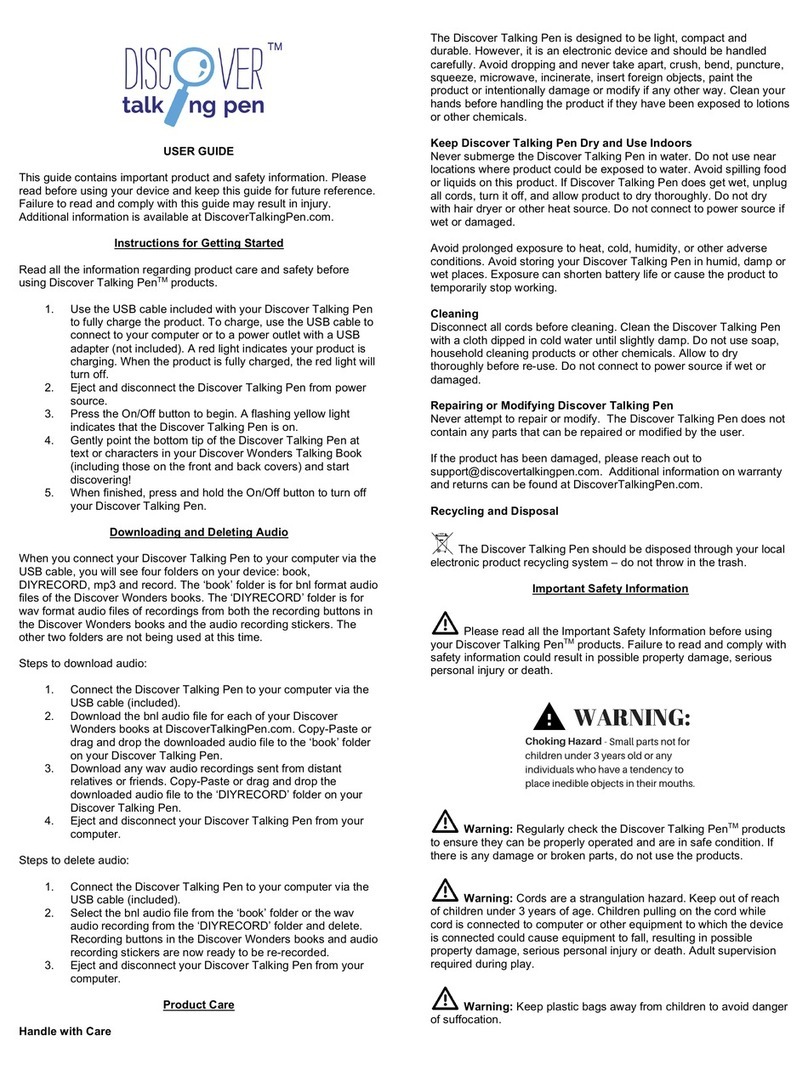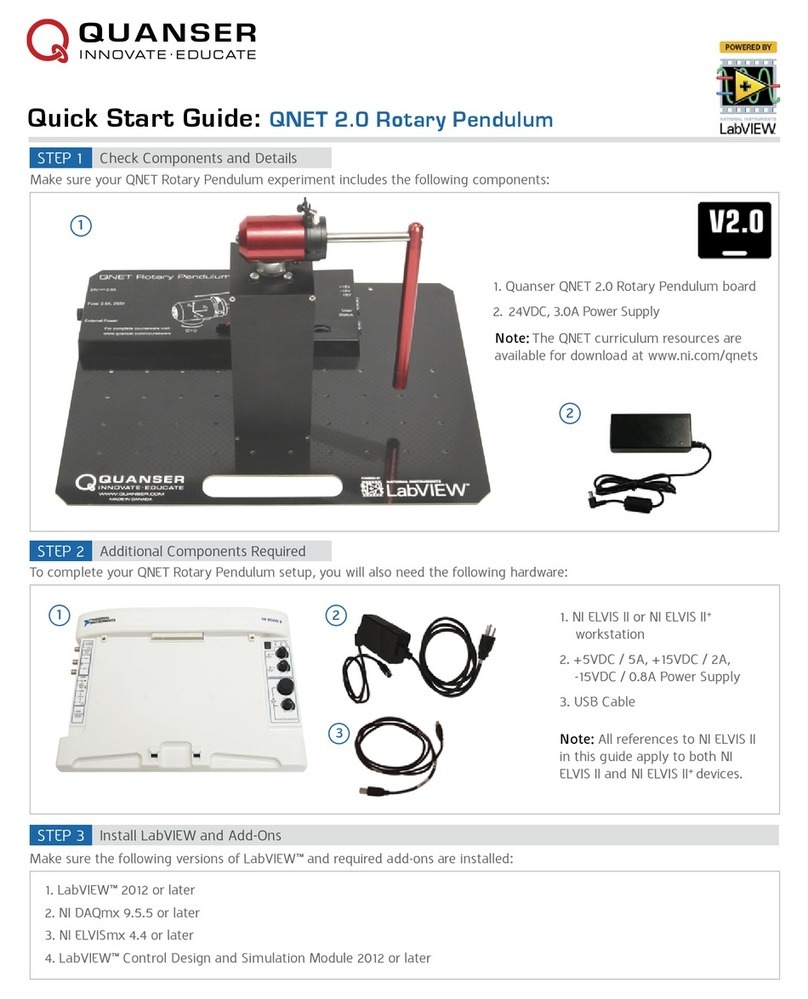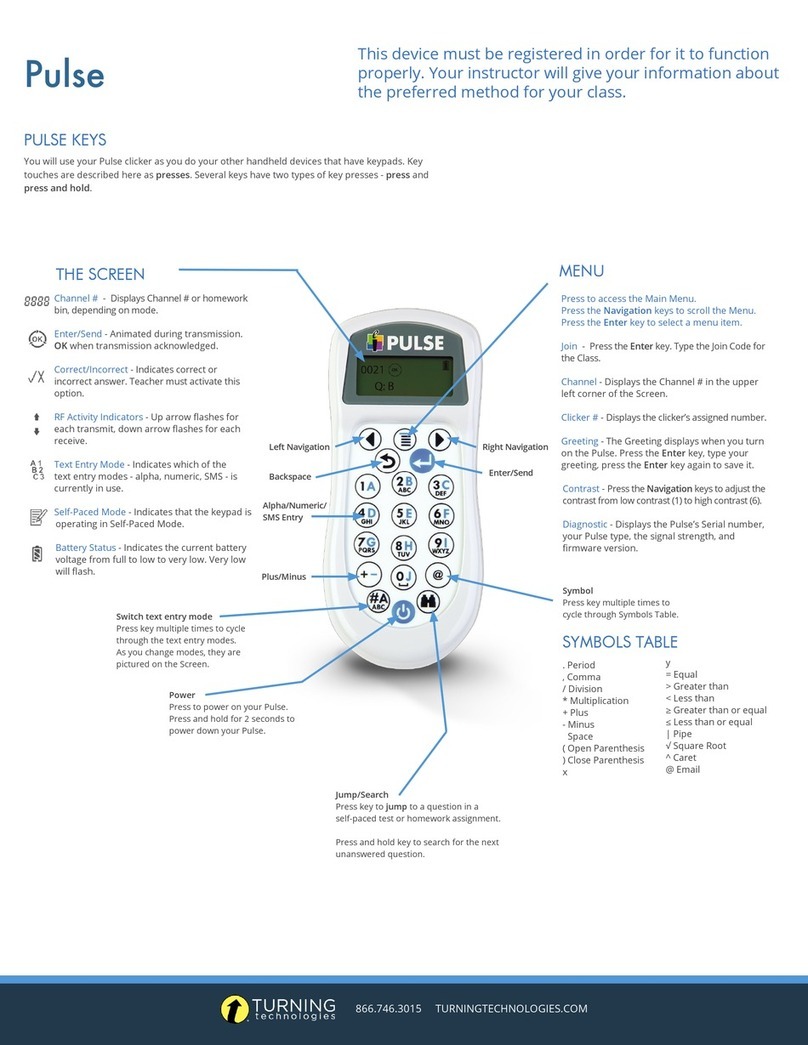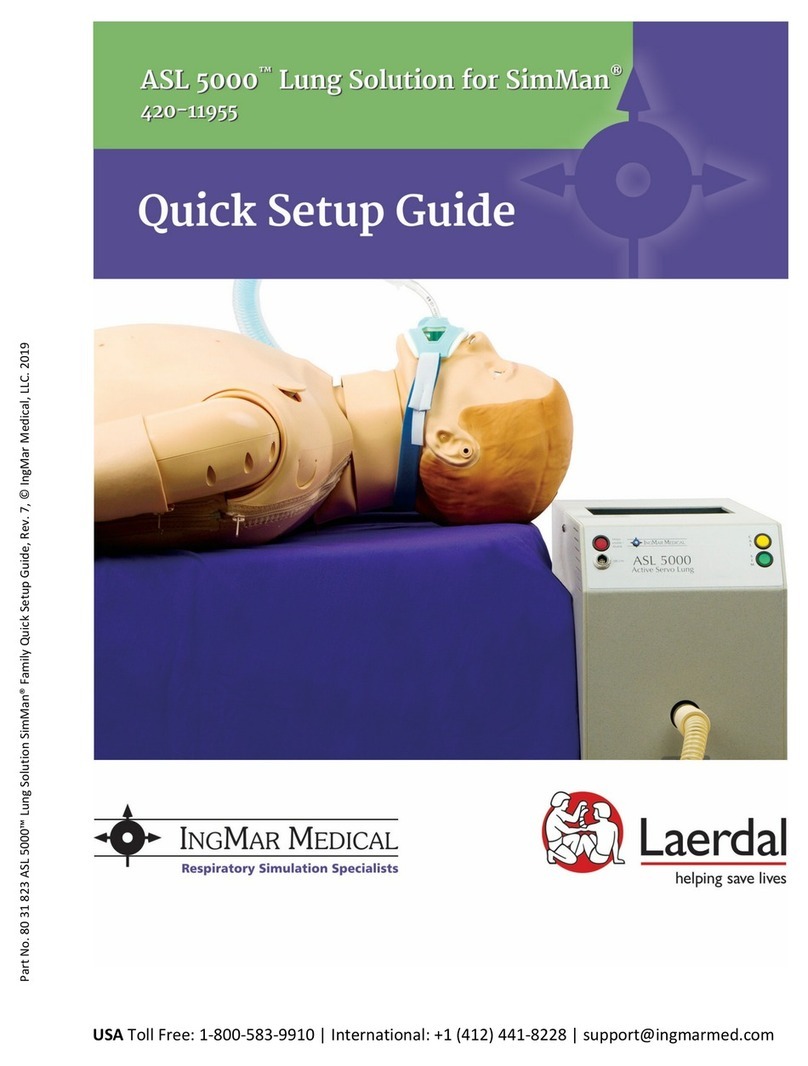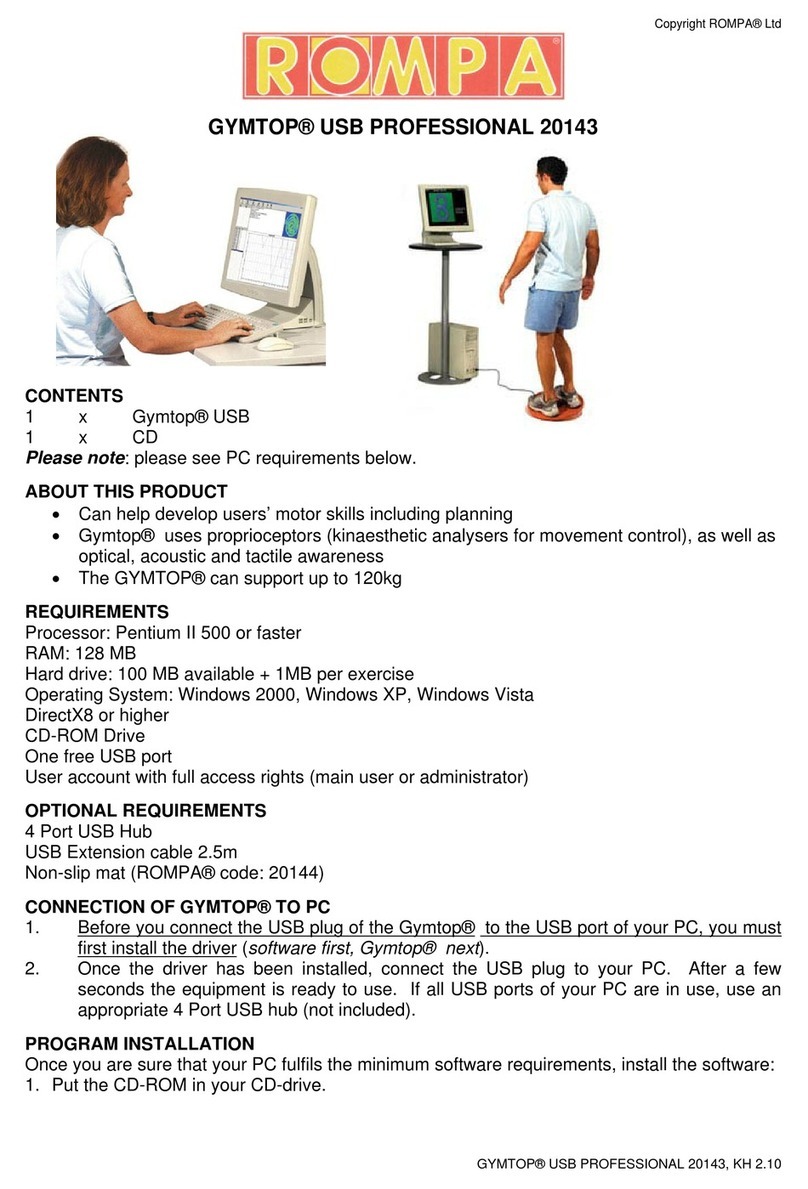
Polarization and 3D Cinema Technology Kit
Table of Contents
Chapter 1Warning Symbol Definitions ....................................................... 1
Chapter 2Safety ............................................................................................ 2
Chapter 3Product Description .................................................................... 3
Chapter 4Setup ............................................................................................. 4
4.1.ComponentsandPartsList.....................................................4
Chapter 5Underlying Theoretical Principles ............................................. 9
5.1.Polarization............................................................................9
5.1.1.Linear Polarization .................................................................................... 9
5.1.2.Circular Polarization ................................................................................ 10
5.1.3.Polarizer and Malus’ Law ........................................................................ 10
5.1.4.λ/4 Plates ................................................................................................ 11
5.1.5.Behavior of a λ/4 Plate and Polarizer in Series ....................................... 12
5.1.6.Optical Activity ......................................................................................... 14
5.1.7.Stress-Induced Birefringence .................................................................. 16
5.1.8.Representation with Jones Matrices ....................................................... 16
5.2.Stereoscopy..........................................................................17
5.2.1.The Basic Idea ........................................................................................ 17
5.2.2.Anaglyph Images .................................................................................... 17
5.2.3.Stereoscopy with Linear Polarizers ......................................................... 19
5.2.4.RealD Method ......................................................................................... 20
5.2.5.Other Methods ........................................................................................ 22
5.3.CreatingYourOwn3DImages..............................................22
Chapter 6Setup and Adjustment ............................................................... 26
6.1.AssemblyoftheComponents................................................26
6.2.3DSetupandAdjustment.....................................................31
6.2.1.Correct Adjustment of the Linear Filter ................................................... 31
6.2.2.Setup the Slides, Lamps, and Lenses ..................................................... 32
6.2.3.Positioning the Polarizers and Adjusting the Films and Plates ............... 34
6.2.4.Final Adjustment ..................................................................................... 36
6.3.3DImages............................................................................37
Chapter 7Exercises and Examples ........................................................... 38
7.1.PolarizationExperiments......................................................38
7.1.1.Preliminary Experiments ......................................................................... 38
7.1.2.Malus’ Law .............................................................................................. 38
7.1.3.Measuring the Polarization State of the Laser ........................................ 39
7.1.4.Determining the Orientation of the λ/4 Plate ........................................... 40
